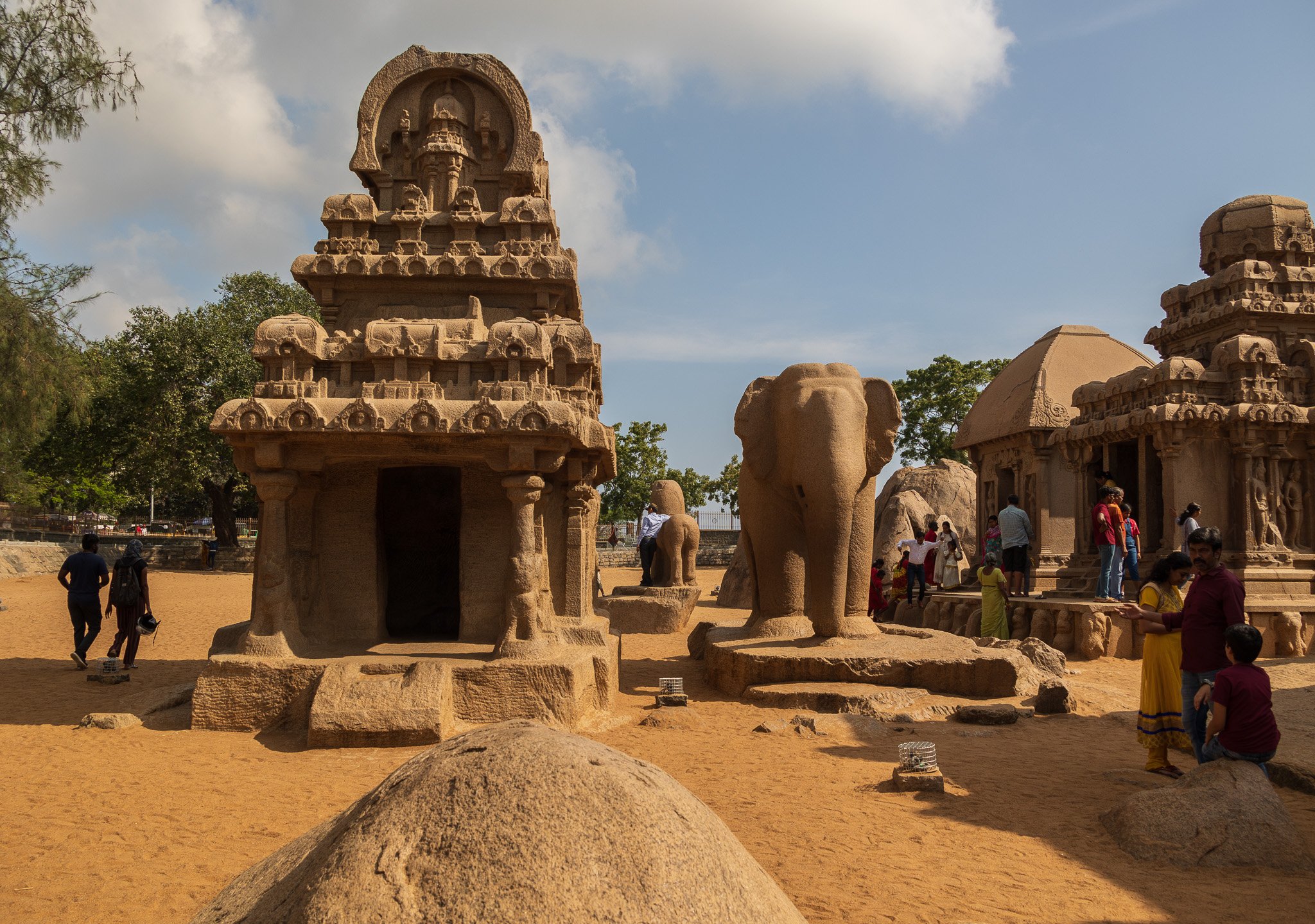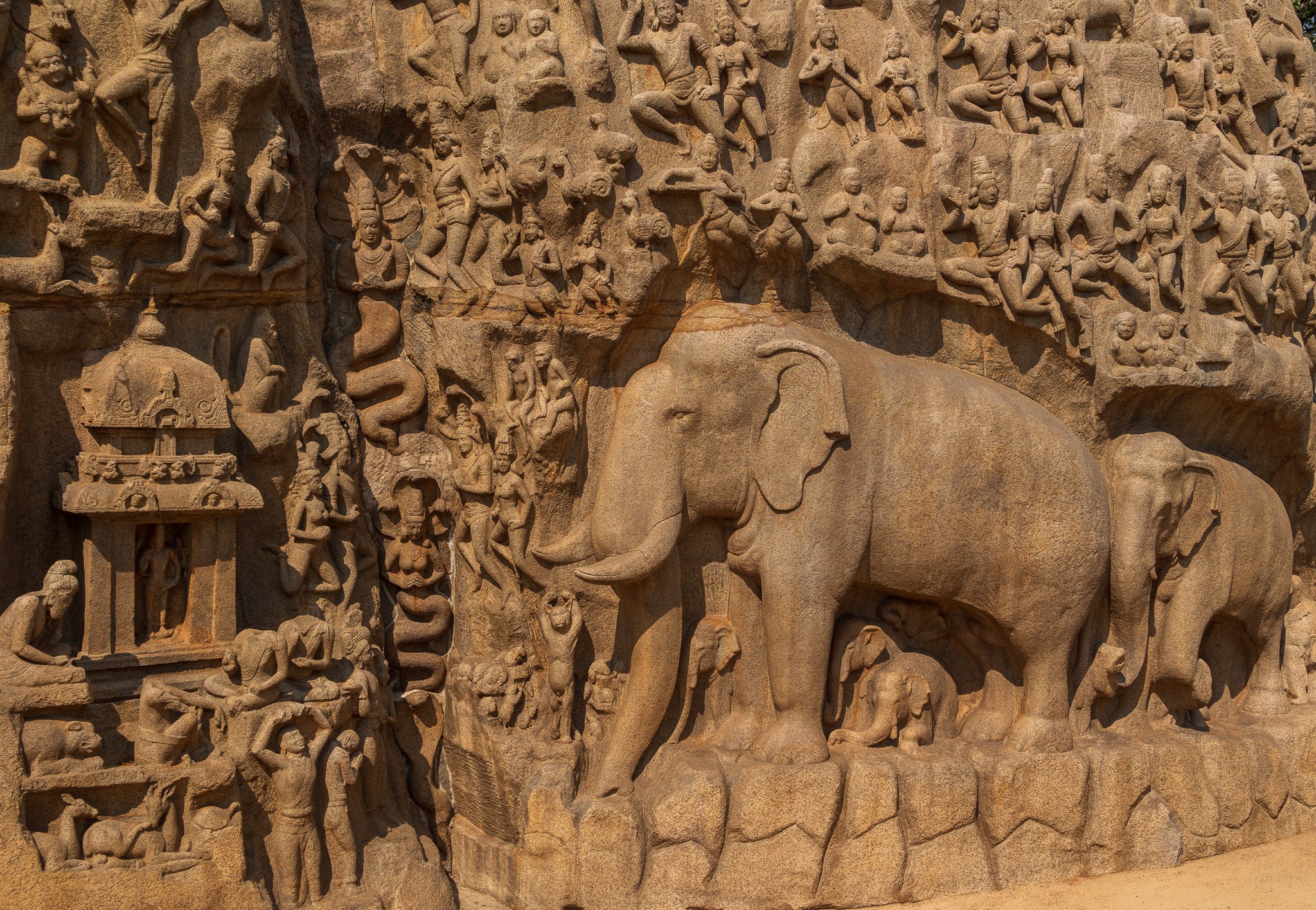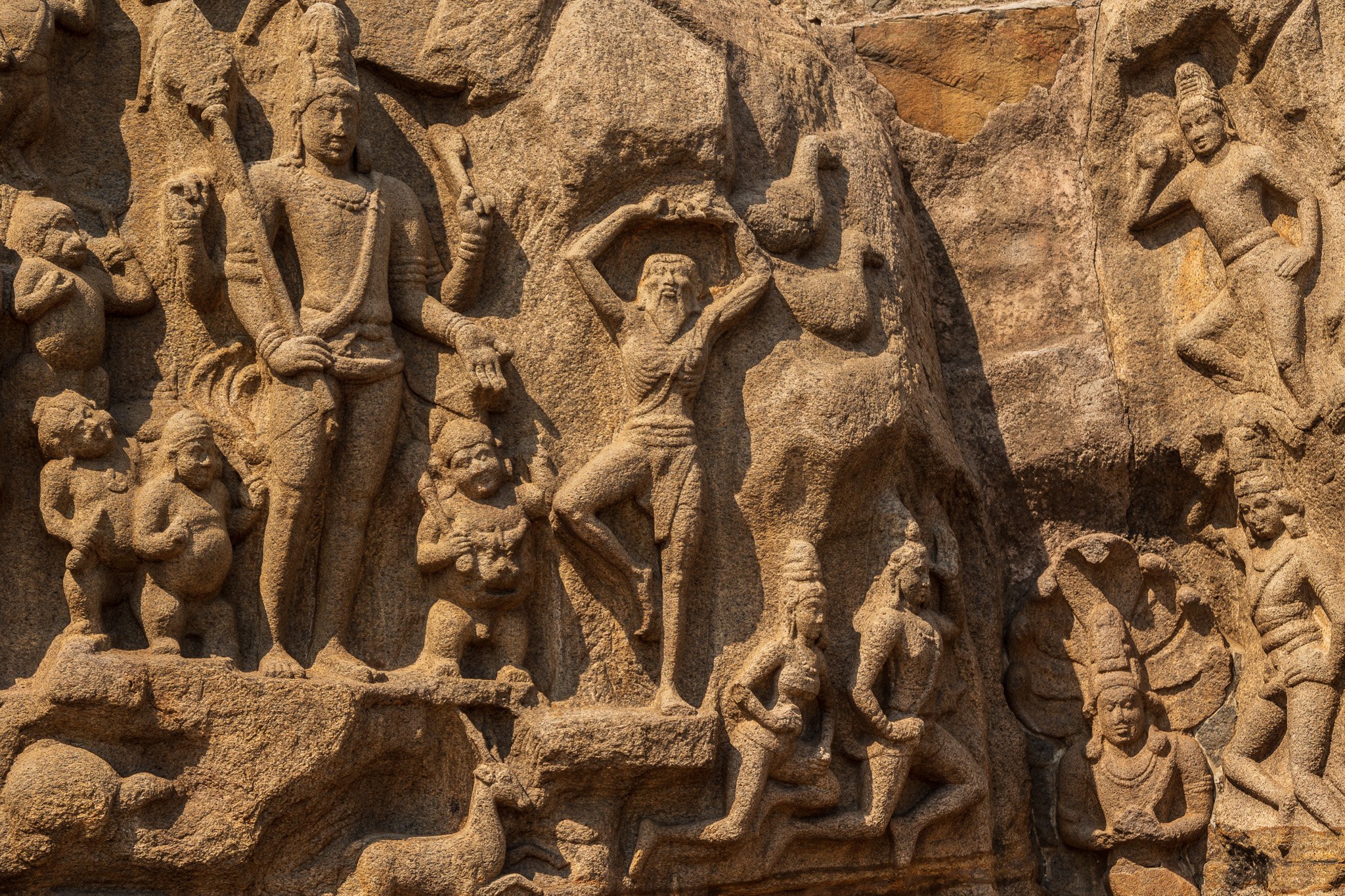After mingling with the Maharaja and recuperating in the barracks of the 42 Black Watch Regiment, Karl's strength had sufficiently returned, prompting his departure from Varanasi to depart westward to Bombay. In extracts from a letter he wrote to the local Truro newspaper on January 19th, 1901, he penned his thoughts from Lucknow:
“I left Benares, where I have been suffering from malarial fever for 11 weeks, on January 14th, and arrived here today.” The day I left was a scorching hot day, and not being very strong, by the time I had gone ten miles I felt rather done out. I lay down under a guava tree to rest and fell fast asleep. I had not slept long, however, until I was rudely awakened by a shower of hard, green guavas (fruit resembling a pear) thrown down from overhead by a group of monkeys. Seizing my wheel I got out of their reach and began to throw stones at them. Some Hindus saw me and came running up and threatened to beat me if I didn’t stop. To the Hindus the monkey is sacred, and they would not harm one for the world, neither would they kill a snake or a mouse”.
Karl's understanding of Hinduism often hinged on such encounters, each becoming a stepping stone to his learning journey. Despite Hinduism's status as the world's oldest faith and the third-largest religion, with a following exceeding 1 billion, its influence was less pronounced in the realm of our intrepid Canadian from a small town in Nova Scotia.
Hinduism is intricate; it's an amalgamation of myriad traditions and philosophies. Hindus pay homage to a various gods and deities, venerating an array of symbols, upholding numerous holy texts, and rejoicing in an eclectic tapestry of traditions, festivals, and customs.
Hindus extend their reverence to all living creatures, notably holding the monkey in high esteem due to its resemblance to Hanuman, a god believed to be an incarnation of Shiva. The lore of Hanuman's heroism mandates chanting his name in times when heavenly intervention is needed. Hanuman, the Monkey God, personifies valour, strength, loyalty, and unwavering commitment to justice.
Throughout my travels in India, time was my only limitation to visit the numerous temples I encountered, each bearing its own distinct allure. Yet, among the many sacred sites I encountered, two stood out not only for their grandeur Yet, among the many sacred sites I encountered, two stood out for their grandeur and the esteemed recognition they received as UNESCO World Heritage Sites. As I delve into this segment of the Karl Chronicles, I invite you to accompany me first on a virtual visit to the Shore Temple of Mahabalipuram and next week, we will go to Thanjavur to visit Birhadeeshwara Temple
Shore Temple of Mahabalipuram
Within the expanse of the UNESCO-designated World Heritage site, the Mahabalipuram Group of Monuments are architectural marvels, encompassing temples, rock-cut caves, and sculptural reliefs. Built between 700 and 728 AD, the architecture of the 40 monuments is complemented with intricate carvings of Hindu deities, mythological scenes and stories from Hindu scriptures. Most striking are the monolithic rathas — temples sculpted in chariot forms — chiseled from a singular block of rock.
Dear Reader, I hope these photographs will leave you as awe-struck as I was while capturing these images. The sheer magnificence that unfolded before my lens left me breathless, and I am eager to share these moments of sheer wonder with you.
*If you click on any image, it will open in a bigger format with arrows to progress slide show
If you are new to the Karl Chronicles, get caught up on our expedition around the world! Start here with: 100 highlights from 100 Chronicles
Then get caught up on the rest of our journey, click here for more Karl Chronicles
The Karl Journey is registered as an official expedition with the Royal Geographical Society

























